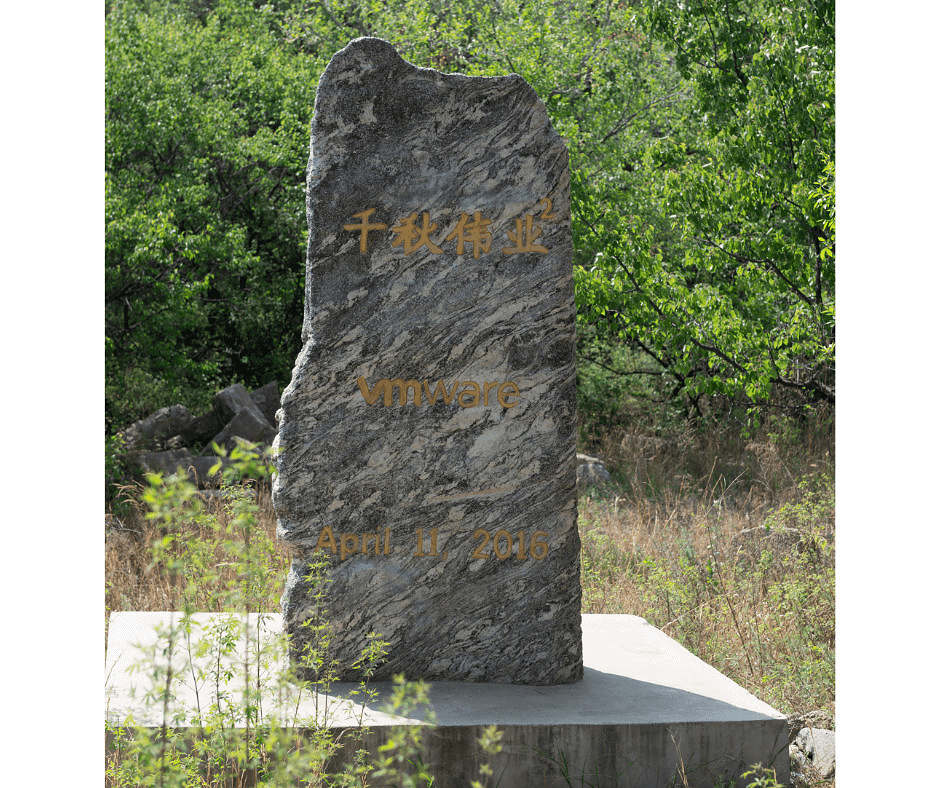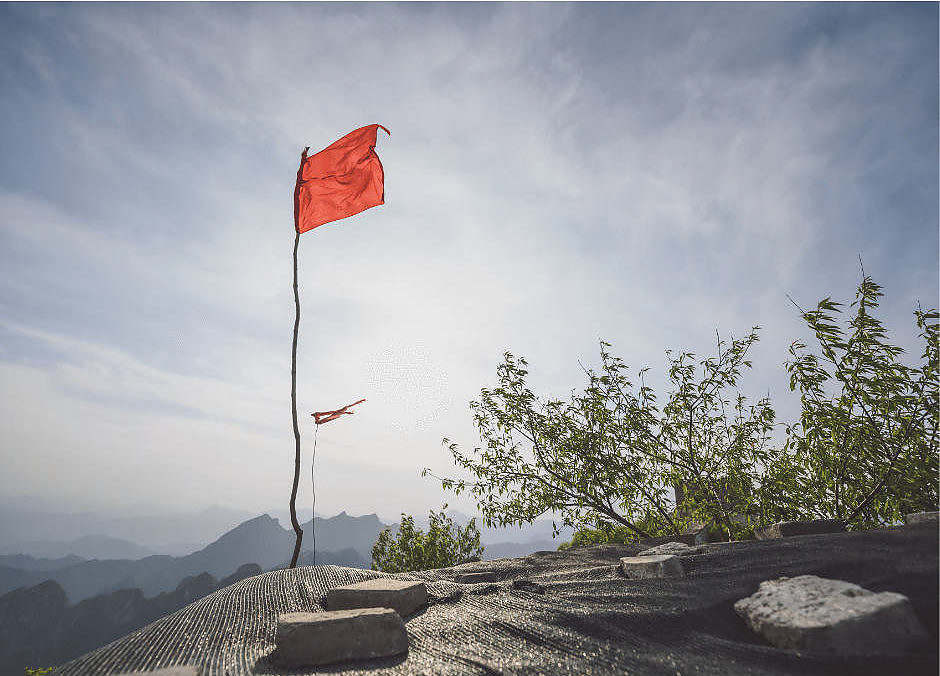How to Visit the Great Wall of China from Beijing
Visiting the Great Wall of China is a must-do experience when you’re in Beijing. The Wall is one of the most iconic landmarks in the world, offering breathtaking views and a glimpse into China’s rich history. Here’s your guide on how to visit the Great Wall of China from Beijing, including tips on camping and understanding the steps you’ll encounter.
Getting to the Great Wall from Beijing

Choosing the Right Section
The Great Wall of China has several sections near Beijing, each offering a unique experience. Here are the most popular ones:
- Badaling: The most visited section, easily accessible and well-restored, ideal for first-time visitors.
- Mutianyu: Less crowded than Badaling, with beautiful scenery and well-preserved architecture.
- Jinshanling: Perfect for hikers and those seeking a less commercialized experience.
- Simatai: Known for its steep climbs and stunning views, also offering opportunities for night tours.

Transportation Options
- By Bus:
- Badaling: Take Bus 877 from Deshengmen Bus Station. The ride takes about 1.5 hours.
- Mutianyu: Take the 916 Express Bus from Dongzhimen to Huairou, then transfer to a local bus or taxi.
- By Train:
- For Badaling, take the S2 train from Beijing North Railway Station.
- By Private Car or Taxi:
- Hiring a private car or taxi offers flexibility and comfort, especially if traveling with family or a group.
- Tour Packages:
- Many tour operators in Beijing offer day trips to various sections of the Wall, including transportation and guided tours.

Camping on the Great Wall of China
For a unique and adventurous experience, consider camping on the Great Wall. Jinshanling and Gubeikou sections are popular for overnight stays. Here’s how you can prepare:
- Permits: Check if you need a camping permit. Some sections may require special permission.
- Equipment: Bring a good-quality tent, sleeping bag, and camping gear. Prepare for changing weather conditions.
- Supplies: Pack enough food, water, and other essentials, as there are limited facilities on the Wall.
- Safety: Be aware of your surroundings and camp only in designated areas. Respect the historical site and leave no trace.

How Many Steps in the Great Wall of China?
One of the most common questions is about the number of steps in the Great Wall of China. While it’s challenging to provide an exact count due to its vast length and varying construction, here are some insights:
- Badaling: Approximately 3,740 steps.
- Mutianyu: Around 4,000 steps.
- Jinshanling: Roughly 5,000 steps, with some steep and uneven sections.
- Simatai: Known for its steepness, with several thousand steps, making it a challenging climb.
The steps on the Great Wall vary in height and steepness, offering a rigorous workout and rewarding views.
Tips for Your Visit
- Wear Comfortable Shoes: The Wall’s terrain can be rough and uneven, so sturdy, comfortable footwear is essential.
- Dress Appropriately: The weather can change quickly, so wear layers and bring a hat and sunscreen for sun protection.
- Stay Hydrated: Carry plenty of water, especially if you plan to hike or camp.
- Start Early: To avoid crowds, especially at popular sections like Badaling, start your trip early in the morning.
- Respect the Site: The Great Wall is a historical monument. Avoid littering and damaging the structure.

BOOKS
Interesting books to read before your first visit to the Great Wall of China
Here are some interesting books to read before your first visit to the Great Wall of China. These books provide historical context, travel tips, and cultural insights that will enhance your experience:
“The Great Wall: China Against the World, 1000 BC – AD 2000” by Julia Lovell
This comprehensive history of the Great Wall will give you a deep understanding of its construction, purpose, and significance throughout Chinese history. Lovell’s engaging writing style makes this a great read for both history buffs and casual readers.
“The Great Wall of China” by Arthur Waldron
Waldron’s book is a detailed examination of the Wall’s history and the various myths surrounding it. This scholarly yet accessible book will provide you with a well-rounded perspective on why the Wall was built and its role in Chinese society.
“The Great Wall Revisited: From the Jade Gate to Old Dragon’s Head” by William Lindesay
William Lindesay offers a unique photographic journey along the Great Wall. His book combines historical photographs with contemporary images, showing how the Wall has evolved over time. Lindesay’s personal anecdotes and travel experiences will give you a preview of what to expect during your visit.
“The Great Wall of China: From History to Myth” by Arthur Cotterell
This book delves into the myths and legends of the Great Wall, providing a fascinating look at the cultural and symbolic aspects of the Wall. It’s a great read for those interested in the stories and folklore that have surrounded the Wall for centuries.
“The Great Wall: The Extraordinary Story of China’s Wonder of the World” by John Man
John Man’s book is a well-researched and engaging account of the Great Wall’s history. Man explores the Wall’s construction, its role in Chinese defense strategy, and its place in modern Chinese culture. His vivid storytelling will make you feel like you’re already there.
“The Great Wall of China: Photographs by Michael Yamashita” by Michael Yamashita and William Lindesay
This book features stunning photographs by National Geographic photographer Michael Yamashita, accompanied by text from William Lindesay. The visuals will give you a sense of the Wall’s majesty and the landscapes it traverses, enhancing your anticipation for the visit.
“Lonely Planet Beijing” by Lonely Planet
While not solely focused on the Great Wall, this travel guide includes valuable information about visiting the Wall from Beijing. It covers practical details such as transportation, recommended sections to visit, and nearby attractions, making it a useful resource for planning your trip.
Reading these books before your visit will provide you with a deeper appreciation for the Great Wall’s historical and cultural significance. They will also equip you with practical knowledge and insights to make your visit more enriching and memorable.
4o








